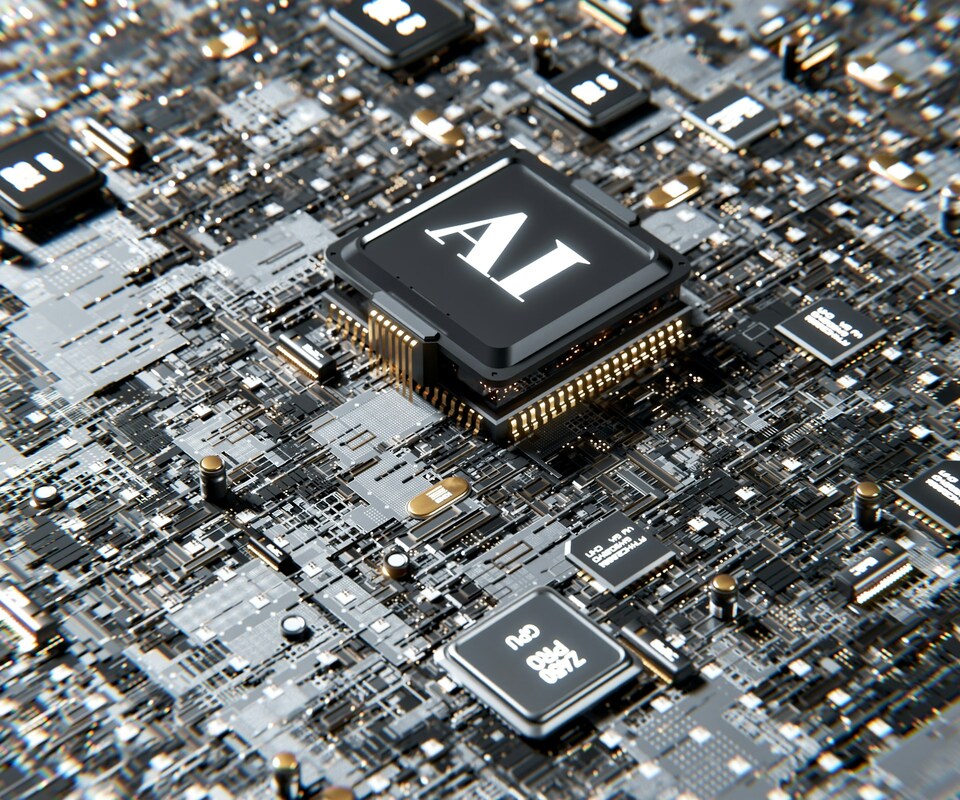The 2-Minute Rule for ai deep learning
The 2-Minute Rule for ai deep learning
Blog Article

Algorithms could also routinely produce custom made solution tips, promotions and articles for purchasers and potential customers.
Building on our past example with illustrations or photos – in an image recognition network, the 1st layer of nodes may figure out how to identify edges, the next layer could learn to recognize styles, and the third layer may possibly discover how to determine objects.
Reworking black-and-white photographs into color was previously a activity done meticulously by human hand. Currently, deep learning algorithms have the ability to use the context and objects in the pictures to color them to generally recreate the black-and-white image in coloration. The outcomes are spectacular and correct.
Azure cloud migration and modernization Middle Save cash and increase efficiency by migrating and modernizing your workloads to Azure with tested equipment and steerage.
Other sorts of deep models like tensor-primarily based models and built-in deep generative/discriminative models.
I hope that this easy manual will help form out the confusion all-around deep learning and the 8 sensible illustrations may help to clarify the particular use of deep learning technology currently.
Deep learning is undoubtedly an AI know-how which includes designed inroads into mimicking aspects of the human Mind — supplying a tool the chance to system information for contextual Evaluation and action.
A Limited Boltzmann Device (RBM) [75] can also be a generative stochastic neural network effective at learning a likelihood distribution across its inputs. Boltzmann machines typically encompass seen and hidden nodes and each node is linked to just about every other node, which will help us realize irregularities by learning how the method works in ordinary situation. RBMs certainly are a subset of Boltzmann machines which have a limit on the number of connections concerning the seen and hidden levels [77]. This restriction permits education algorithms such as the gradient-centered contrastive divergence algorithm to get far more effective than Those people for Boltzmann devices generally [forty one].
In follow, the likelihood distribution of Y is acquired by a Softmax layer with variety of nodes that is certainly equal for the alphabet dimension of Y. NJEE makes use of constantly differentiable activation functions, this kind of that the disorders with the common approximation theorem holds. It really is shown that this method presents a strongly dependable estimator more info and outperforms other procedures in case of large alphabet dimensions.[215] Health care picture Evaluation[edit]
[fourteen] No universally agreed-on threshold of depth divides shallow learning from deep learning, but most researchers agree that deep learning includes CAP depth better than two. CAP of depth two has been shown to be a common approximator during the perception that it may possibly emulate any functionality.[fifteen] Further than that, more layers don't incorporate on the purpose approximator skill of your community. Deep models (CAP > 2) can extract much better features than shallow models and hence, excess levels assist in learning the features successfully.
An epigenetic clock is usually a biochemical check that could be used to measure age. Galkin et al. applied deep neural networks to train an epigenetic ageing clock of unparalleled precision utilizing >six,000 blood samples.[234] The clock makes use of information and facts from 1000 CpG internet sites and predicts those with certain situations more mature than balanced controls: IBD, frontotemporal dementia, ovarian cancer, obesity.
Since it solves the issues of coaching a recurrent community, the LSTM network is taken into account Probably the most successful RNN.
Companies have also been in the position to significantly increase psychological well being treatment by making use of AI to make available, individualized support techniques.
The Convolutional Neural Network (CNN or ConvNet) [sixty five] is a popular discriminative deep learning architecture that learns straight from the input without the will need for human characteristic extraction. Figure seven displays an example of a CNN together with a number of convolutions and pooling layers.